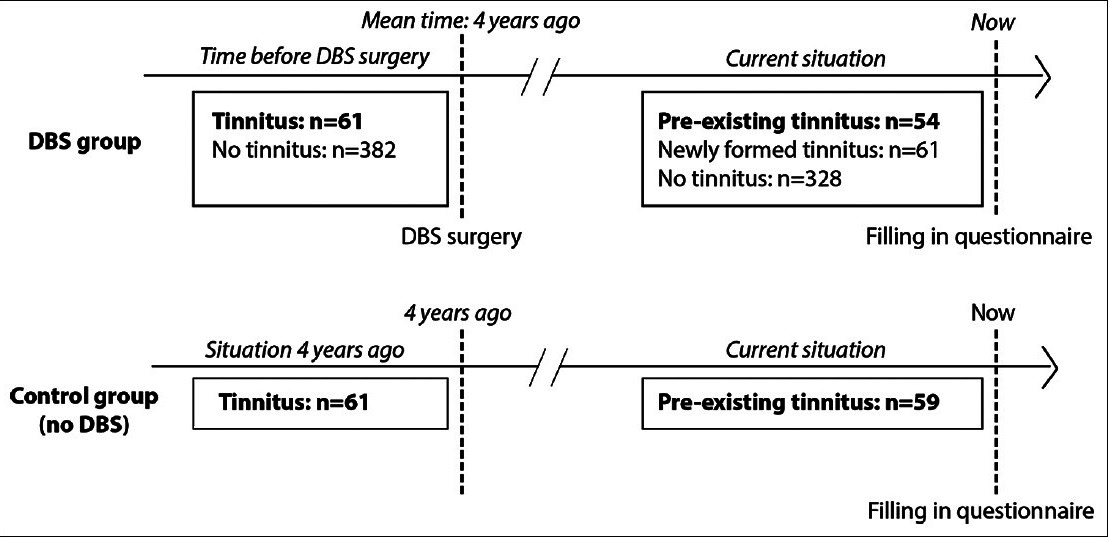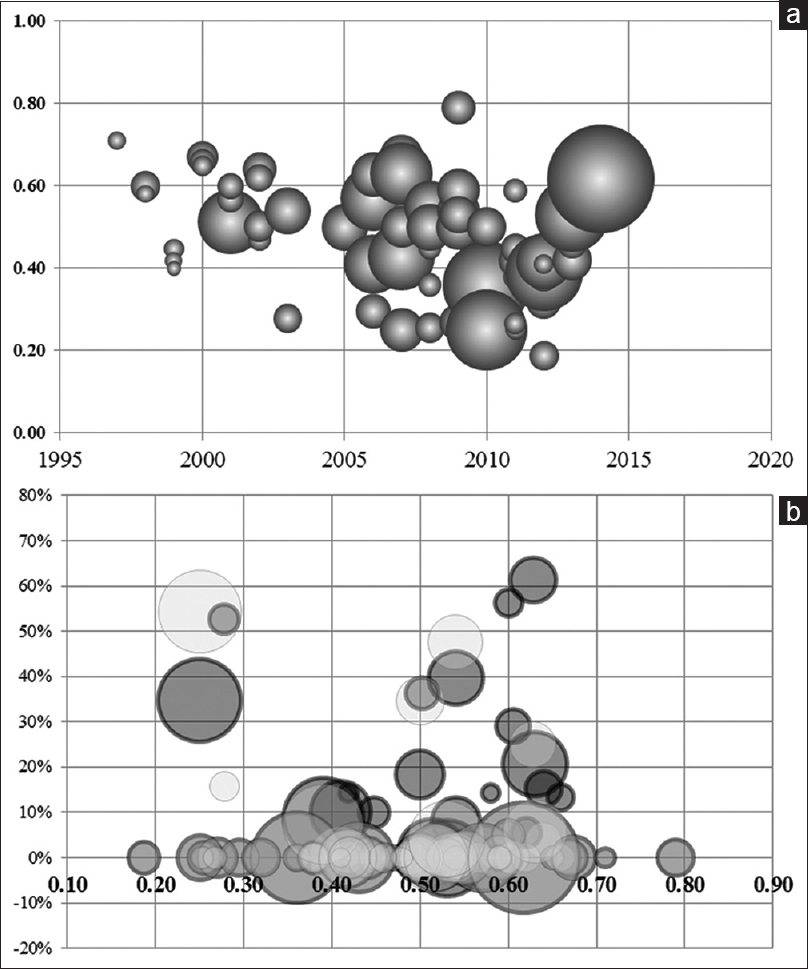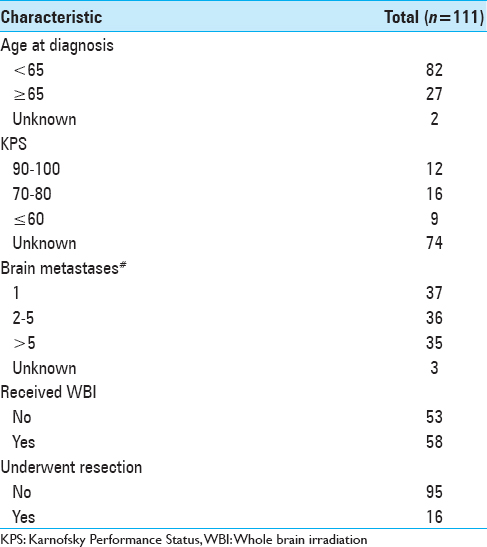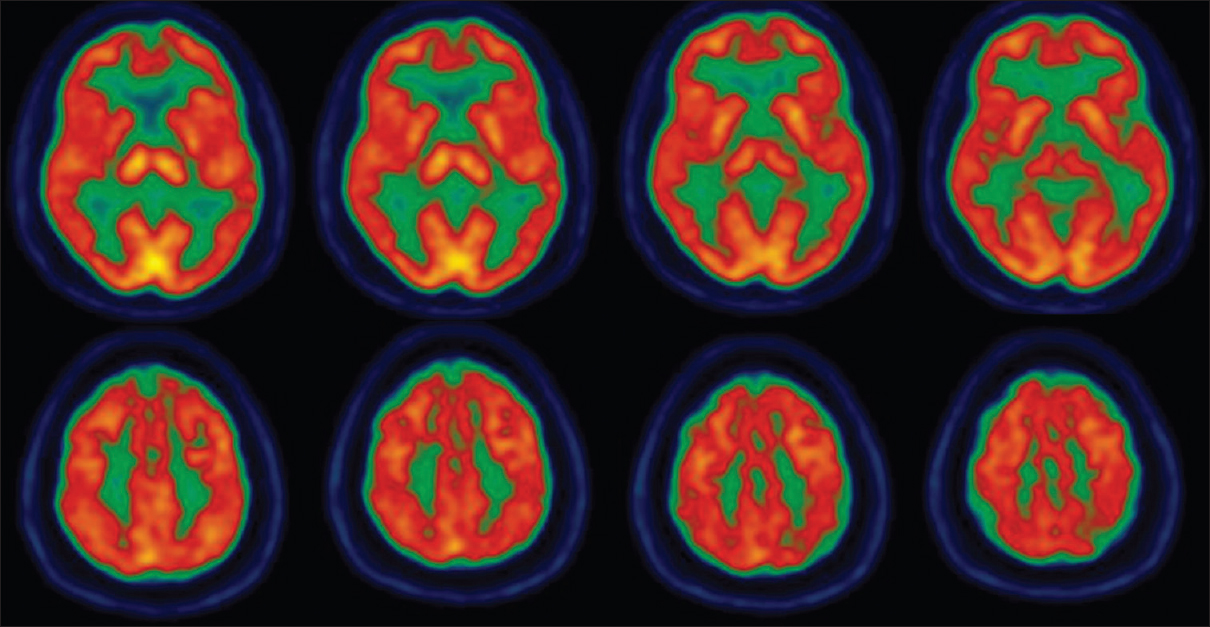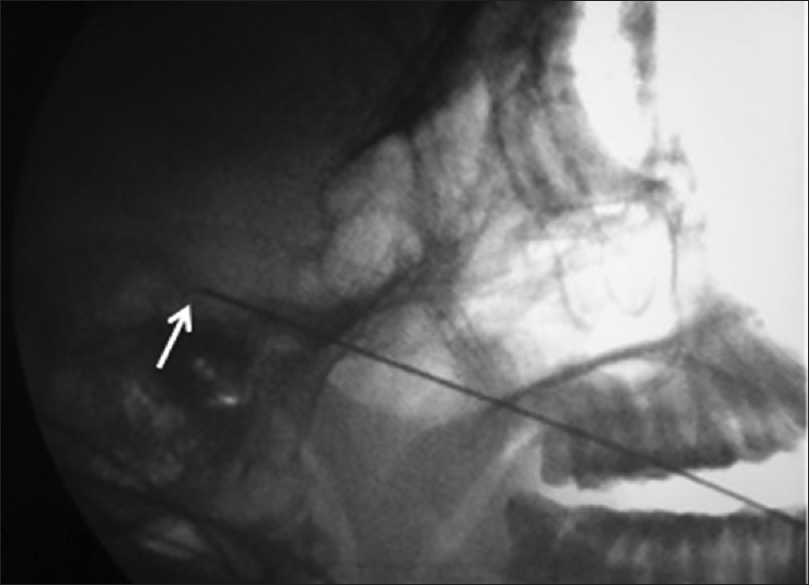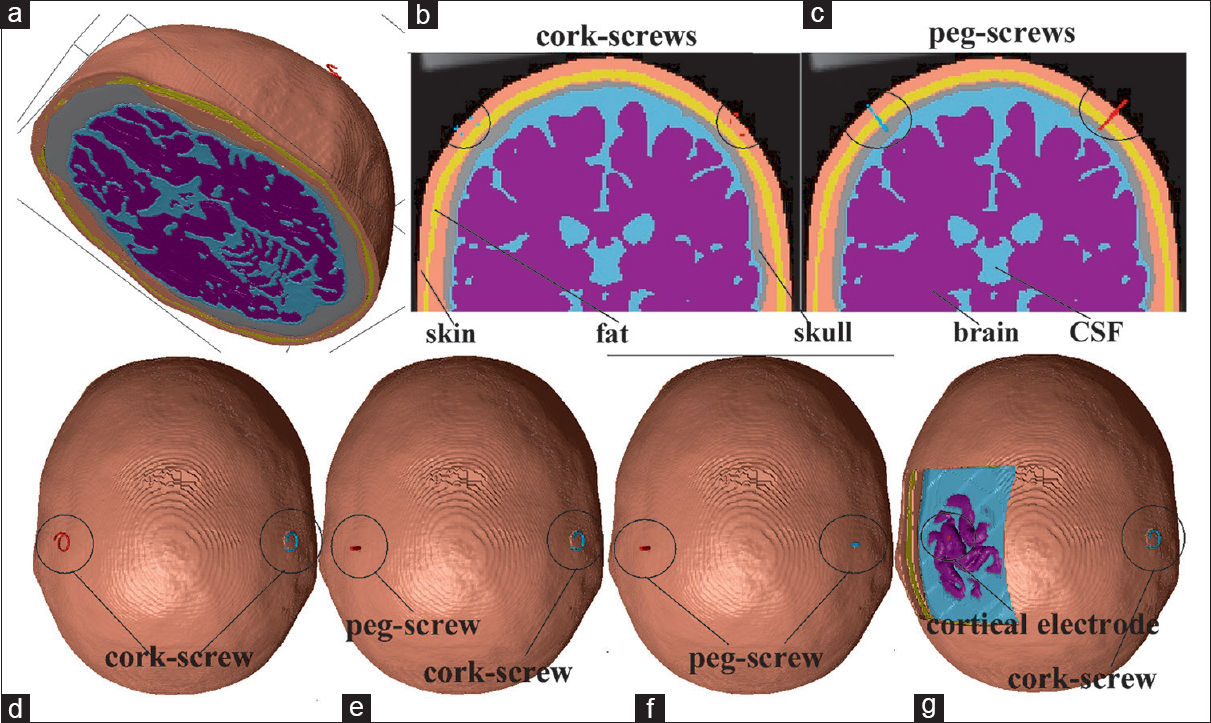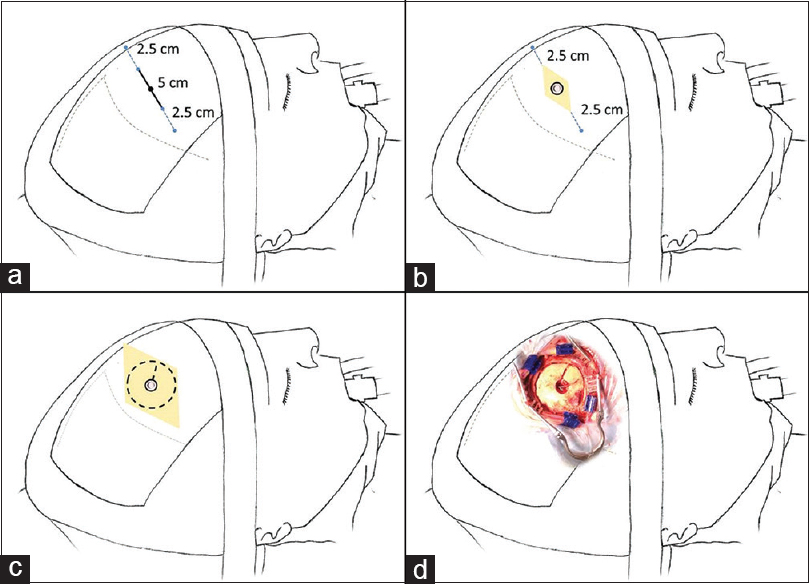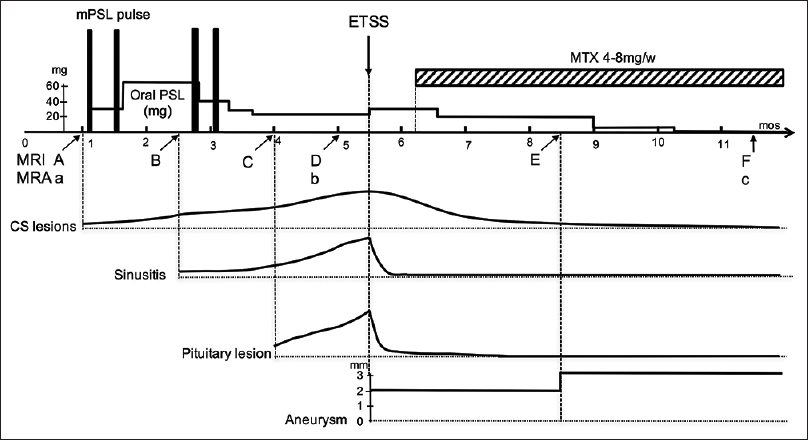The impact of deep brain stimulation on tinnitus
Date of publication: 14-Nov-2016
Background:Tinnitus is a disorder of the nervous system that cannot be adequately treated with current therapies. The effect of neuromodulation induced by deep brain stimulation (DBS) on tinnitus has not been studied well. This study investigated the effect of DBS on tinnitus by use of a multicenter questionnaire study.
Subthalamus stimulation in Parkinson disease: Accounting for the bilaterality of contacts
Date of publication: 14-Nov-2016
Background:Deep brain stimulation (DBS) in Parkinson's disease uses bi-hemispheric high-frequency stimulation within the subthalamus, however, the specific impacts of bilaterality of DBS are still not clear. Thus, we aimed to study the individual-level clinical impact of locations of right-left contact pair-up accounting for each subthalamic nucleus (STN) anatomy.
Pretreatment clinical prognostic factors for brain metastases from breast cancer treated with Gamma Knife radiosurgery
Date of publication: 14-Nov-2016
Background:Brain metastases significantly affect morbidity and mortality rates for patients with metastatic breast cancer. Treatment for brain metastases lengthens survival, and options such as stereotactic radiosurgery (SRS) can increase survival to 12 months or longer. This study retrospectively analyzes the prognostic factors for overall survival (OS) for patients with one or multiple brain metastases from breast cancer treated with SRS.
Deep brain stimulation for Parkinson's disease prior to L-dopa treatment: A case report
Date of publication: 14-Nov-2016
Background:Leva-dopa (L-dopa) is the gold-standard treatment for Parkinson's disease (PD). Deep brain stimulation is generally reserved for patients who become refractory to l-dopa treatment.
Deep brain stimulation of a patient with psychogenic movement disorder
Date of publication: 14-Nov-2016
Background:The long-term safety of deep brain stimulation (DBS) is an important issue because new applications are being investigated for a variety of disorders. Studying instances where DBS was inadvertently implanted in patients without a movement disorder may provide information about the safety of the therapy. We report the case of a patient with a psychogenic movement disorder treated with deep brain stimulation (DBS).
Ultra-extended euthermic pulsed radiofrequency for the treatment of ophthalmic neuralgia: A case report with elaboration of a new technique
Date of publication: 14-Nov-2016
Background:Pulsed radiofrequency although present for many years has been used little compared to ablative procedures for pain relief. Its use in trigeminal neuralgia is sparse and unreported in the ophthalmic division, where the possibility of sensory loss can lead to high morbidity. We wished to explore the potential of this reportedly safe modality for a prolonged duration in a highly sensitive anatomic neural location, however, in a very secure, structured, and staged manner.
Rescue pallidotomy for dystonia through implanted deep brain stimulation electrode
Date of publication: 14-Nov-2016
Background:Some patients with deep brain stimulation (DBS), where removal of implants is indicated due to hardware related infections, are not candidates for later re-implantation. In these patients a rescue lesion through the DBS electrode has been suggested as an option. In this case report we present a patient where a pallidotomy was performed using the DBS electrode.
Comparison of effectiveness between cork-screw and peg-screw electrodes for transcranial motor evoked potential monitoring using the finite element method
Date of publication: 11-Nov-2016
Background:Intraoperative monitoring of motor evoked potentials by transcranial electric stimulation is popular in neurosurgery for monitoring motor function preservation. Some authors have reported that the peg-screw electrodes screwed into the skull can more effectively conduct current to the brain compared to subdermal cork-screw electrodes screwed into the skin. The aim of this study was to investigate the influence of electrode design on transcranial motor evoked potential monitoring. We estimated differences in effectiveness between the cork-screw electrode, peg-screw electrode, and cortical electrode to produce electric fields in the brain.
Conversion technique from neuroendoscopy to microsurgery in ventricular tumors: Technical note
Date of publication: 11-Nov-2016
Background:Ventricular tumors represent a major neurosurgical challenge, making endoscopic approach an invaluable tool as it gained importance due to technological advances. Nevertheless, the method is not exempt of risk and limitations, sometimes requiring an open surgery. Thus, initial measurements must be adopted in order to simplify an eventual need for conversion to open craniotomy.
Steroid-resistant Tolosa–Hunt syndrome with a de novo intracavernous aneurysm: A case report
Date of publication: 11-Nov-2016
Background:We report a case of steroid-resistant Tolosa–Hunt syndrome (THS) with recurrent bilateral painful ophthalmoplegia, accompanied with sphenoid sinusitis, pituitary abscess, and an aneurysm arising from the cavernous portion of the internal carotid artery.


